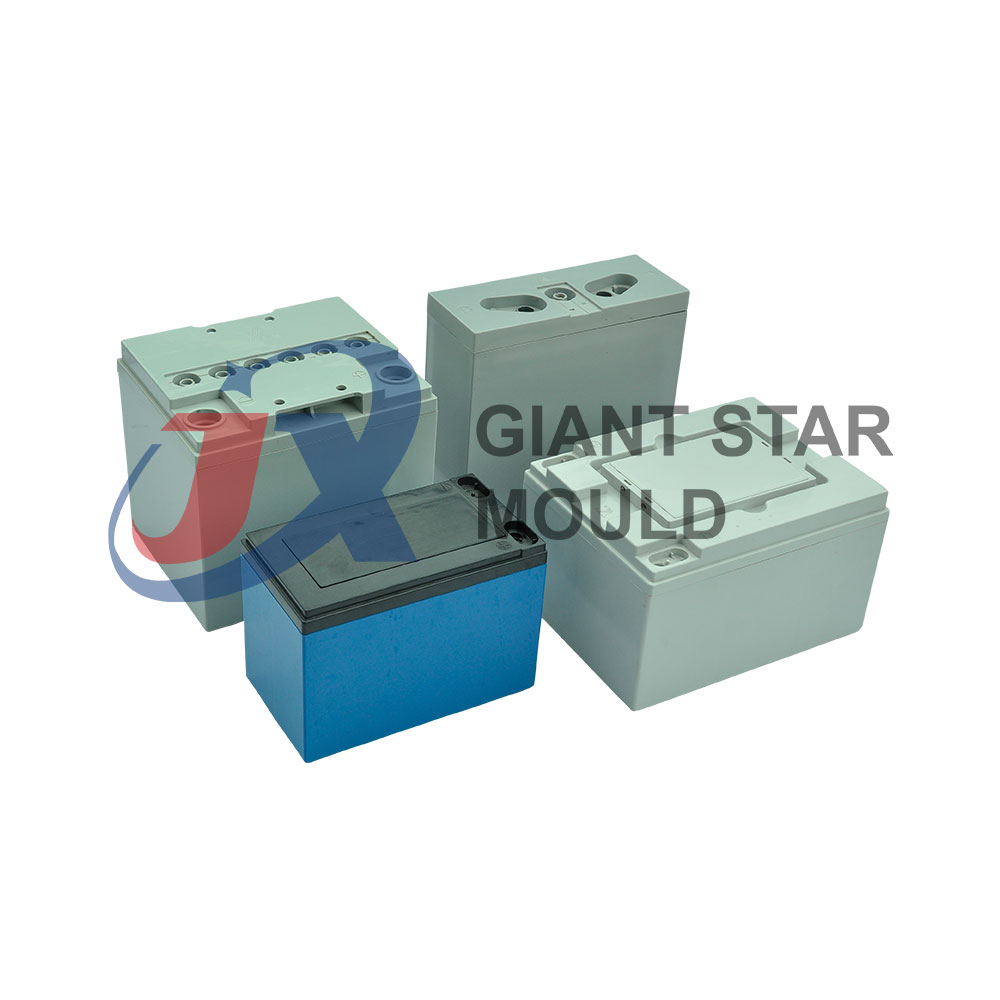Battery Container Mould 17
Battery Container Mould 17
Creating a plastic battery container mold involves several steps and considerations. Here’s a simplified overview of the process:
- Design: Begin with the design of the battery container. This can be done using CAD (Computer-Aided Design) software. The design should consider factors such as size, shape, material thickness, and any features required for assembly or functionality.
- Material Selection: Choose the appropriate plastic material for the battery container. Factors such as chemical resistance, mechanical properties, and cost should be taken into account.
- Mold Design: Once the container design is finalized, the mold design process begins. This involves designing the mold cavity, cores, runners, gates, and cooling channels. Mold design can also be done using CAD software, and it’s crucial to ensure that the mold design allows for proper filling and cooling of the plastic material.
- Mold Fabrication: With the mold design complete, the next step is to fabricate the mold. This can be done through various methods such as CNC machining, EDM (Electrical Discharge Machining), or casting. The choice of method depends on factors such as complexity, tolerances, and budget.
- Injection Molding: Once the mold is fabricated, it’s installed into an injection molding machine. Plastic pellets are fed into the machine’s hopper, melted, and injected into the mold cavity under high pressure. The plastic material fills the cavity, taking the shape of the battery container.
- Cooling and Ejection: After the plastic material is injected into the mold, it needs to cool and solidify. Cooling channels within the mold help facilitate this process. Once the plastic is sufficiently cooled, the mold opens, and the newly formed battery container is ejected.
- Trimming and Finishing: The ejected battery container may have excess material or rough edges that need to be trimmed or finished. This can be done manually or using automated trimming equipment.
- Quality Control: Finally, the battery containers undergo quality control checks to ensure they meet specifications and standards. This may include dimensional checks, visual inspection, and testing for structural integrity.
Throughout the entire process, attention to detail and quality is essential to produce high-quality battery containers efficiently. Additionally, it’s crucial to consider factors such as mold maintenance and longevity to ensure continued production capability.
Related products
-
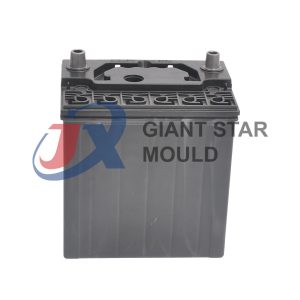
Battery Container Mould 29
Read more -
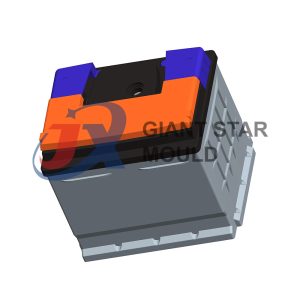
Battery Container Mould 25
Read more -
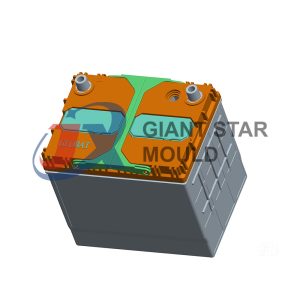
Battery Container Mould 22
Read more -
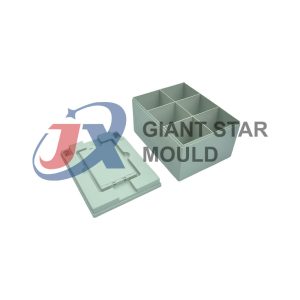
Battery Container Mould 19
Read more -
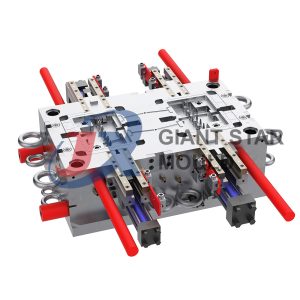
Battery Container Mould 14
Read more -
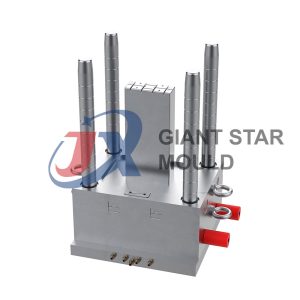
Battery Container Mould 12
Read more -
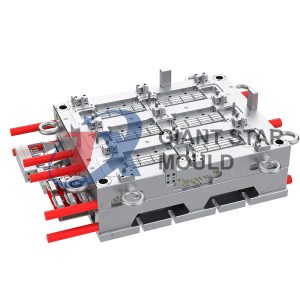
Battery Container Mould 10
Read more -
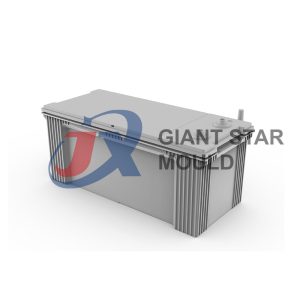
Battery Container Mould 08
Read more -
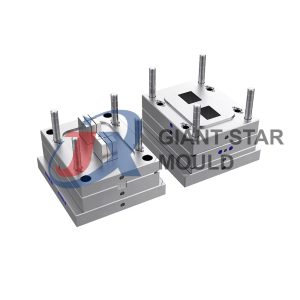
Battery Container Mould 05
Read more -
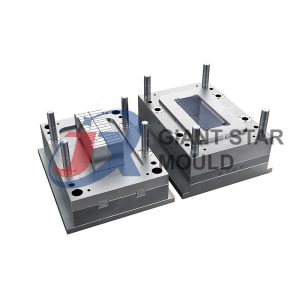
Battery Container Mould 06
Read more -
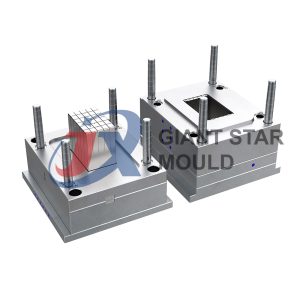
Battery Container Mould 04
Read more -
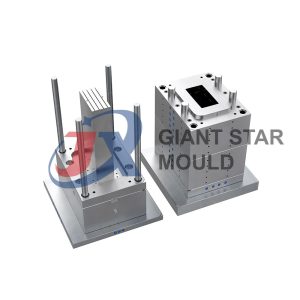
Battery Container Mould 01
Read more

